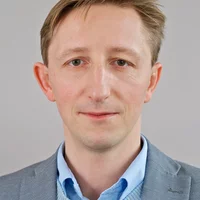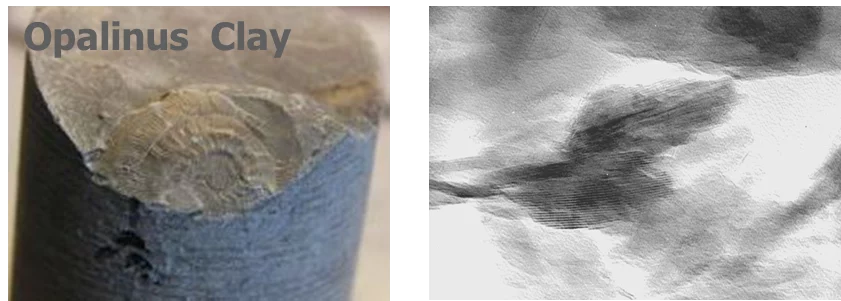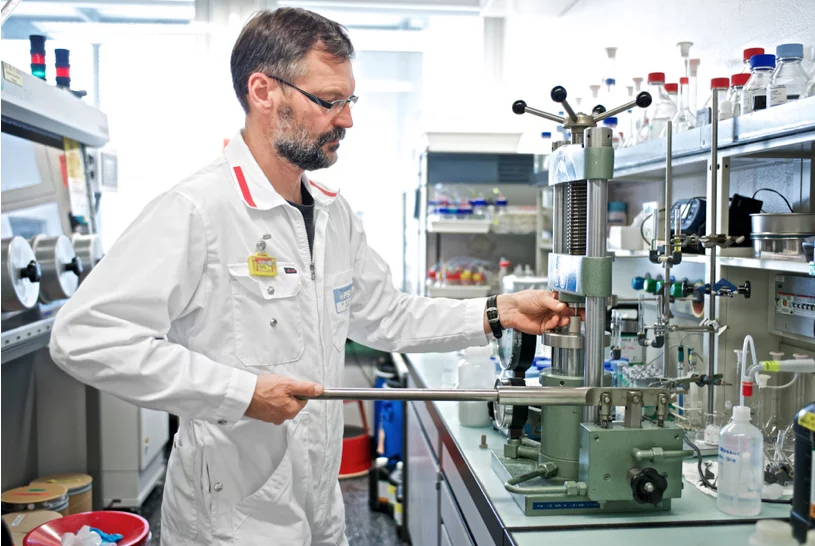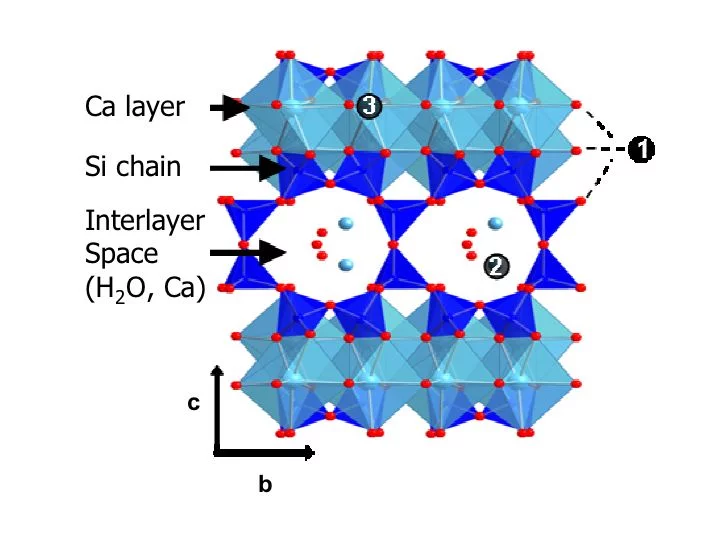Research Areas
Clay Sorption Mechanisms Group
Contact: Dr. Anke Neumann Jenal
Radionuclide uptake on the materials in the near-field and the host rock is one of the main pillars upon which the safety case for a deep geological repository is built. The research activities aim at improving the understanding of the retention mechanisms and processes. One of the primary tasks of the Sorption Mechanism Group is to develop (and update) sorption data bases (SDBs) for the near-field (bentonite) and far-fields (Opalinus Clay, ‘Brauner Dogger’, Effingen Member and Helvetic Marl) for safety analyses. At the present time the SDBs consist of "smart" distribution ratios tailored to specific geochemical conditions. By definition the SDBs must be "state-of-the-art". The "bottom up" strategy currently followed for the high clay mineral content argillaceous rocks is a key activity. The concept is to carry out experimental investigations on the major clay mineral near- and far-field repository components, elucidate the sorption mechanisms, and apply the “in house” developed 2 Site Protolysis Non Electrostaic Surface Complexation and Cation Exchange (2SPNE SC/CE) sorption model which can quantitatively describe the uptake of radionuclides over a wide range of conditions (pH, Eh, water chemistry, concentration). Since clay minerals are the main sorbing phases in the systems under consideration, the premise is that the sorption on argillaceous rocks and bentonite can be calculated by using the sorption models for the individual clay minerals modified by their modal compositions. This essentially wet chemistry/modelling approach is supported by surface spectroscopic techniques, e.g. X-ray absorption spectroscopy (XAS) which provide on a molecular level information on the sorbed species (coordination numbers, bond distances and system disorder). Such a mechanistic modelling approach to sorption has the goal of developing a thermodynamic based sorption data base (TD-SDB). Such a TD-SDB readily lends itself to porting into a coupled code which can then be used to calculate radionuclide migration in PA studies without having to use Kd values directly.
Transport Mechanisms Group
Diffusion Processes Group
Contact: Dr. Martin Glaus a.i.
The activities in the “Diffusion Processes” group focus on i) understanding the diffusion mechanism(s) of radionuclides in compacted argillaceous materials and ii) measuring diffusion parameters (effective diffusion coefficients and rock capacity values) that can be used in performance assessment studies. For this purpose, laboratory experiments are performed on (i) compacted clay minerals and (ii) intact clay rock. In a recent laboratory measurement campaign (2019 – 2024), systematic diffusion measurements were carried out on an extensive series of rock samples from the deep-drilling campaign of Nagra at the potential siting areas in Northern Switzerland. These samples comprised representative sequences of Mesozoic sedimentary rock, including the Opalinus Clay and the under- and overlying Jurassic and Triassic formations. All these experiments are complemented by field studies carried out in the Underground Rock Laboratory at Mont Terri (North-West Switzerland) and by spectroscopic (e.g. neutron scattering and diffraction) or microscopic (e.g. X-ray tomography) techniques.
Diffusion experiments carried out using highly compacted clay minerals or intact clay rocks provide valuable information on retention mechanisms at high solid-liquid ratios. They thus contribute significantly to a deeper understanding of radionuclide uptake processes by the host rock material. The experience gained in these studies has clearly shown that an in-depth understanding of the processes governing mass transport in compacted argillaceous materials critically depends on the molecular dynamic properties of the diffusing species, the geometric features of the pore structure, and the physico-chemical properties of the pore solution, such as its chemical composition. Understanding the diffusion of charged substances in charged clay-containing media as a purely physical process would clearly fall short of the mark.
Cement Systems Group
Contact: Prof. Dr. John Provis






